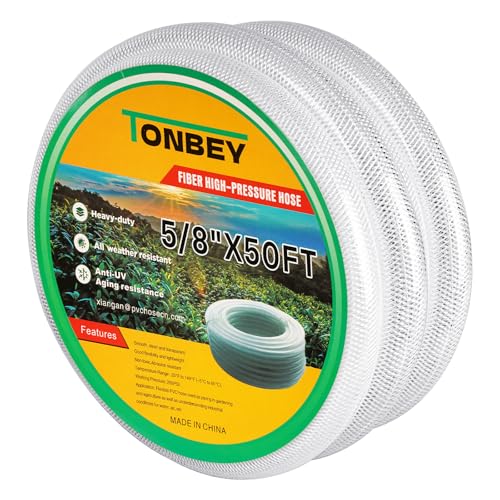
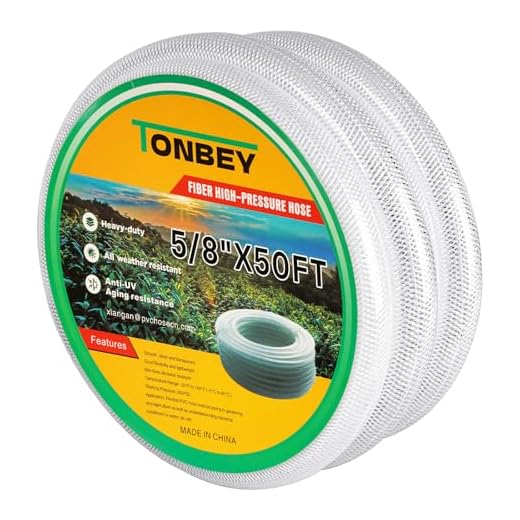


Specific types of hoses are designed to withstand the demands of high-pressure cleaning systems. Not all hoses can manage the intense pressure and flow rates generated by these machines, so matching the equipment with the appropriate tubing is crucial.
Firstly, the ideal choice is one that can handle the required overall length without significant pressure loss. Look for hoses rated at a minimum of 3,000 PSI if your cleaning device exceeds 2,000 PSI. Furthermore, materials such as polyurethane or PVC offer durability and resistance to abrasions and kinks. Avoid using garden hoses, as they often lack the necessary strength and could rupture under high pressure.
In terms of diameter, a hose with a 1/4 inch diameter works well for most applications; however, larger diameters may be required for professional-grade models. Also, consider the connectors; ensure compatibility with the fittings on your device to avoid leaks. In summary, selecting the right tubing greatly enhances performance and longevity of your equipment.
Compatibility of Hoses with Pressure Washers
Only high-pressure hoses designed specifically for cleaning equipment are suitable. General-purpose garden hoses lack the necessary pressure ratings and strength, leading to potential hazards such as bursts or leaks under high pressure.
Many hoses feature a reinforcement that allows them to withstand typical pressure levels of cleaning devices, generally ranging from 1,500 to over 4,000 PSI. Using improper types can compromise safety and the machine itself.
| Type of Hose | Pressure Rating | Recommended Use |
|---|---|---|
| High-Pressure Hose | 1,500 – 4,000 PSI | Compatible with most cleaning machines |
| Garden Hose | Not rated for high pressure | Not suitable for cleaning equipment |
| Commercial Hose | Up to 5,000 PSI | Professional-grade machines |
Pursuing the right hose entails looking for labels indicating pressure capacity and compatibility with specific machine models. Ignoring these factors can lead to equipment failure and accidents, causing costly repairs or injury.
Investing in a quality hose tailored for cleaning tasks guarantees durability and reliable performance throughout numerous applications, whether washing vehicles or cleaning outdoor surfaces.
Understanding Hose Compatibility with Pressure Washers
Choosing the right tubing is crucial for obtaining optimal performance. Only hoses rated for high-pressure applications should be considered. These products are designed to withstand the specific forces generated by cleaning machines, ensuring safety and efficiency during usage.
Check the diameter of the connector points. A mismatched diameter leads to poor water flow and can impede functionality significantly. Common sizes include 1/4 inch, 3/8 inch, and 1/2 inch; hence, matching these measurements is essential to secure a tight fit.
Material composition plays a role as well. Durable materials, such as reinforced rubber or thermoplastic, resist wear and can endure high-pressure conditions better than standard garden options. Opting for a hose with a weather-resistant outer layer extends its lifespan, particularly when working outdoors.
Length is another factor to consider. Depending on the intended usage area, selecting an appropriate length prevents unnecessary strain on the connectors and pumps. Longer hoses may reduce pressure at the nozzle, so striking a balance between reach and pressure is vital.
Always inspect your hose for any signs of damage before each use. Look for kinks, cracks, or wear that could compromise its integrity. Regular maintenance, such as coiling and storing away from direct sunlight, also helps maintain functionality over time.
Incorporating these elements into your selection process guarantees a more effective cleaning experience. The right type of tubing ensures efficient operation, ultimately leading to better results and longer equipment life.
Factors to Consider When Choosing a Hose
Choosing the right tubing involves assessing several key elements. First, the compatibility of the diameter with your equipment dictates flow rate and pressure tolerance.
Next, consider the materials. Reinforced PVC or rubber offer durability and flexibility, while cheaper alternatives may not withstand high pressures. Seek out abrasion-resistant options if working in rough environments.
Length is another significant factor. Longer tubing reduces pressure, so balance the requirement for reach with the need to maintain effective cleaning. Typically, lengths of 15 to 50 feet are common.
| Factors | Considerations |
|---|---|
| Diameter | Ensure the size matches specifications for optimal flow rate. |
| Material | Opt for reinforced PVC or rubber for longevity and performance. |
| Length | Be mindful of pressure loss over distance; select an appropriate length for your tasks. |
Check the temperature rating. Extreme heat can damage components, so ensure it matches the specifications of the washing machine.
Lastly, evaluate the connectors. Compatibility with your existing fittings is crucial to avoid leaks and ensure secure attachments.
Common Types of Hoses Suitable for Pressure Washers
Rubber and PVC varieties stand out as two reliable options. Rubber hoses are durable, providing excellent resistance to wear and tear, while also accommodating high pressures. They remain flexible even in colder temperatures, ensuring optimal performance year-round.
PVC hoses, on the other hand, are lightweight and cost-effective. They are preferable for residential tasks due to their ease of handling. However, it’s crucial to ensure that they are reinforced for higher pressure compatibility.
High-Pressure Hoses
High-pressure hoses are specifically designed to withstand elevated water pressures. These options typically feature reinforced layers to prevent bursting. They vary in length, allowing users to choose the appropriate size for their tasks. Opting for a hose with a protective outer layer can help guard against abrasions and damage.
Extension Hoses
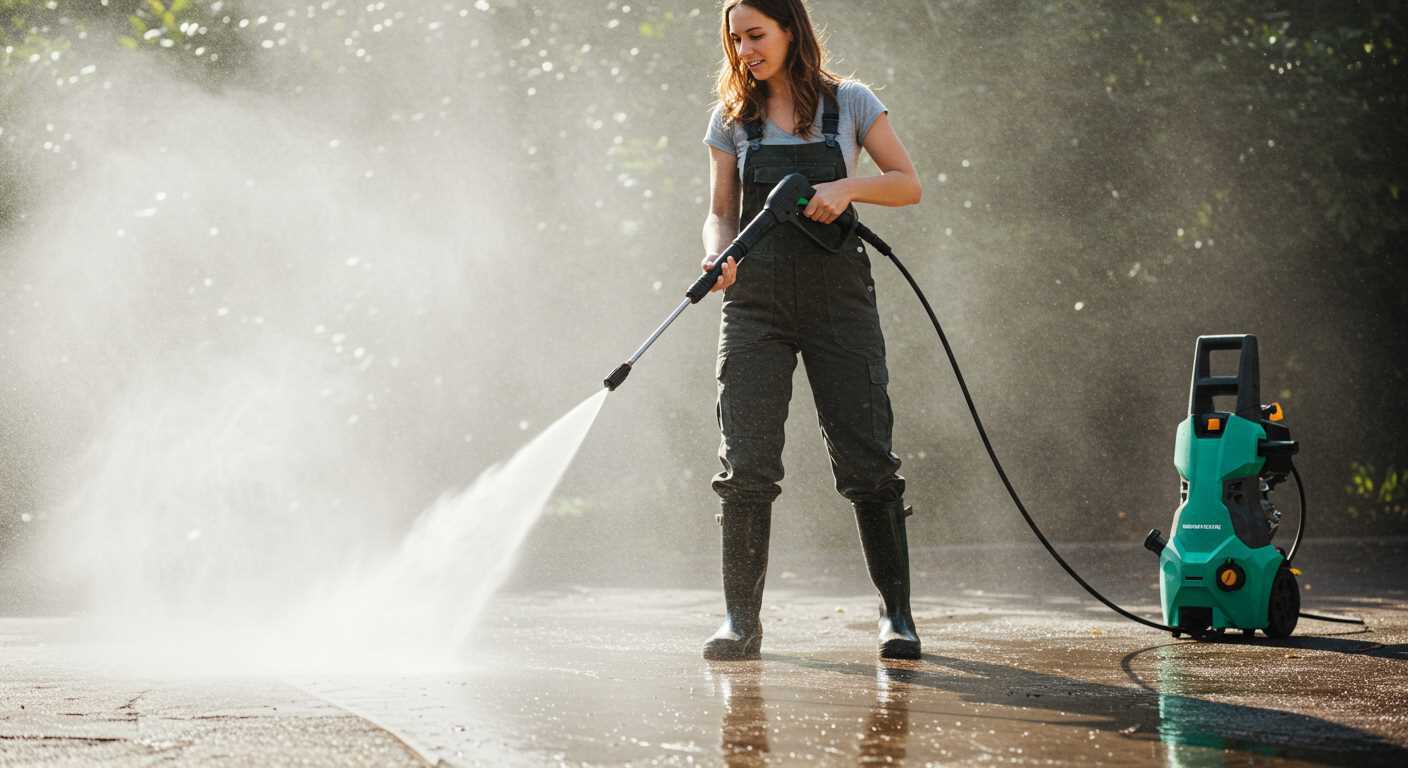
Extension hoses provide added reach without sacrificing pressure. Ideal for large areas, these hoses come with various attachments that match different machines. It’s imperative to verify compatibility with the washer’s specifications before integrating an extension into your setup. Selecting a quality extension ensures consistent performance and reduces the risk of leaks.
Potential Risks of Using the Wrong Hose
Utilising an incompatible tubing can lead to significant hazards. One primary concern is the risk of explosions. Using a hose not rated for high water pressures may cause it to rupture, leading to possible injury and damage to property.
Another risk lies in leakage or sprayers malfunctioning. When connectors do not match, leaks can occur, resulting in water wastage and reduced effectiveness. This can also lead to long-term wear on components.
Consider possible blockages. Low-quality hoses can bend or kink easily, obstructing water flow. This not only impairs performance but can also strain the equipment, causing premature failure.
Other Potential Hazards
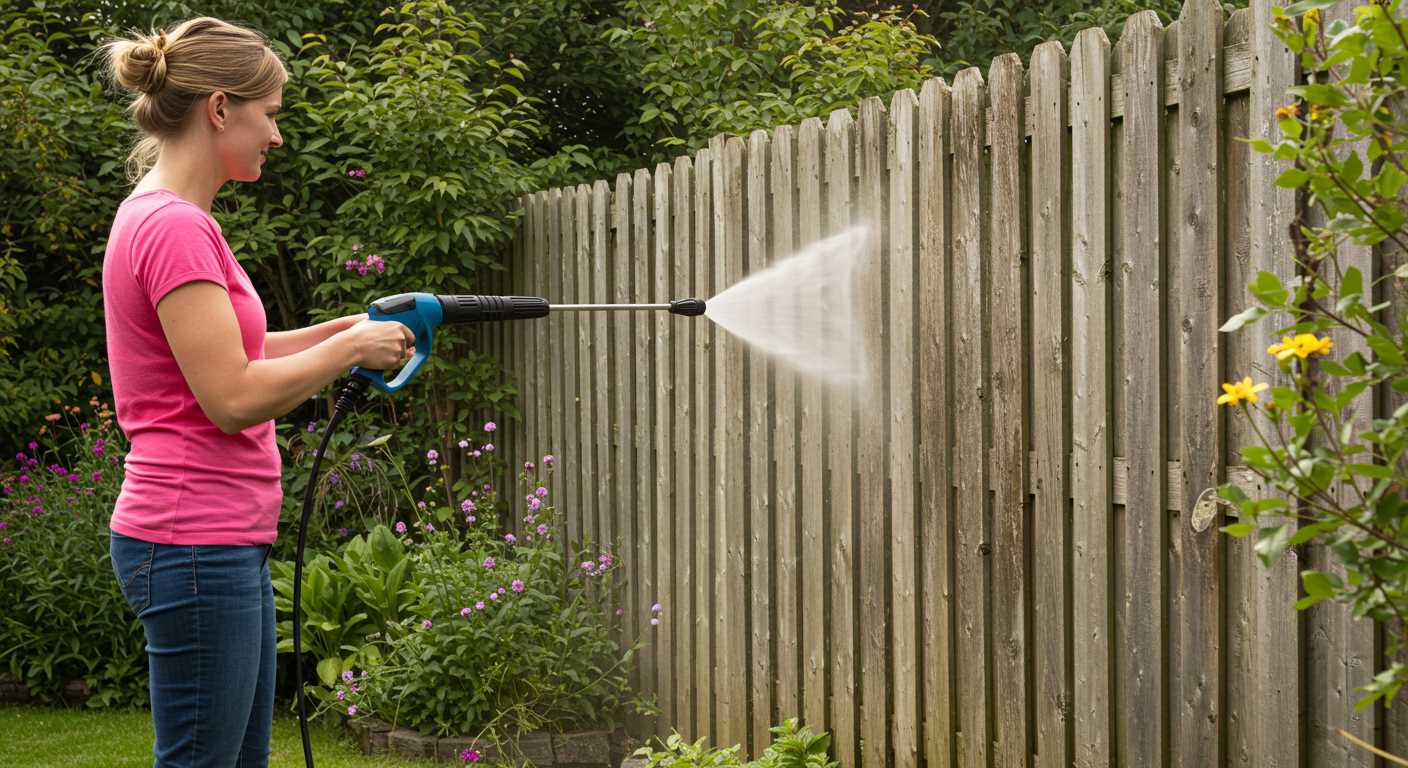
- Compatibility Issues: A non-standard hose may not fit properly, leading to disconnections that disrupt operation.
- Material Degradation: Using unsuitable materials can compromise the hose’s integrity, leading to tearing over time.
- Temperature Sensitivity: Certain hoses are not designed to withstand heat levels associated with some cleaning units, risking failure.
To mitigate these risks, always opt for hoses that meet or exceed manufacturer specifications. Investing in quality components ensures safety and longevity of the cleaning equipment.
Optimal Hose Length for Cleaning Tasks
The recommended length varies between 25 to 50 feet, balancing reach and pressure maintenance. A shorter length minimises pressure drops, while an extended length enhances flexibility for large areas.
For regular residential cleaning, a 25 to 30-foot variant suffices for patios, driveways, and vehicles. For expansive spaces, such as large decks or exterior buildings, a 50-foot option becomes advantageous.
While longer options exist, lengths over 100 feet significantly reduce strength due to friction losses, leading to diminished water flow. In assessing specific tasks, consider the layout and distance to ensure efficiency.
Opting for a lightweight material can enhance manoeuvrability, especially during extensive tasks. Reinforced designs withstand high pressure while flexible hoses handle bends with ease.
Ultimately, determining the ideal hose length hinges on task specifics, ensuring that both efficiency and effectiveness are maximised during operations.
Material Differences: Rubber vs PVC Hoses
Choosing between rubber and PVC constructions impacts performance significantly. Rubber hoses excel in durability, handling extreme temperature variations, and withstanding high pressures. Their flexibility enhances manoeuvrability during operation, which is crucial in tight spaces or challenging angles.
PVC alternatives, while more affordable, possess limitations in flexibility and longevity under strenuous conditions. They can become stiff in cold weather and prone to kinking, which obstructs water flow. However, PVC hoses are lightweight, making them easier to transport and store, ideal for less demanding tasks.
Consider the environment of use. For rigorous, commercial-grade tasks, rubber is preferable. If performing occasional household cleaning, PVC may suffice, provided the specifications match. Evaluate the job requirements and select the appropriate material to ensure optimal functionality and longevity.
In summary, assess specific needs, taking into account flexibility, durability, and cost. This will guide the selection between rubber or PVC, ensuring reliable performance throughout the cleaning process.
Maintaining Your Hose for Longevity and Performance
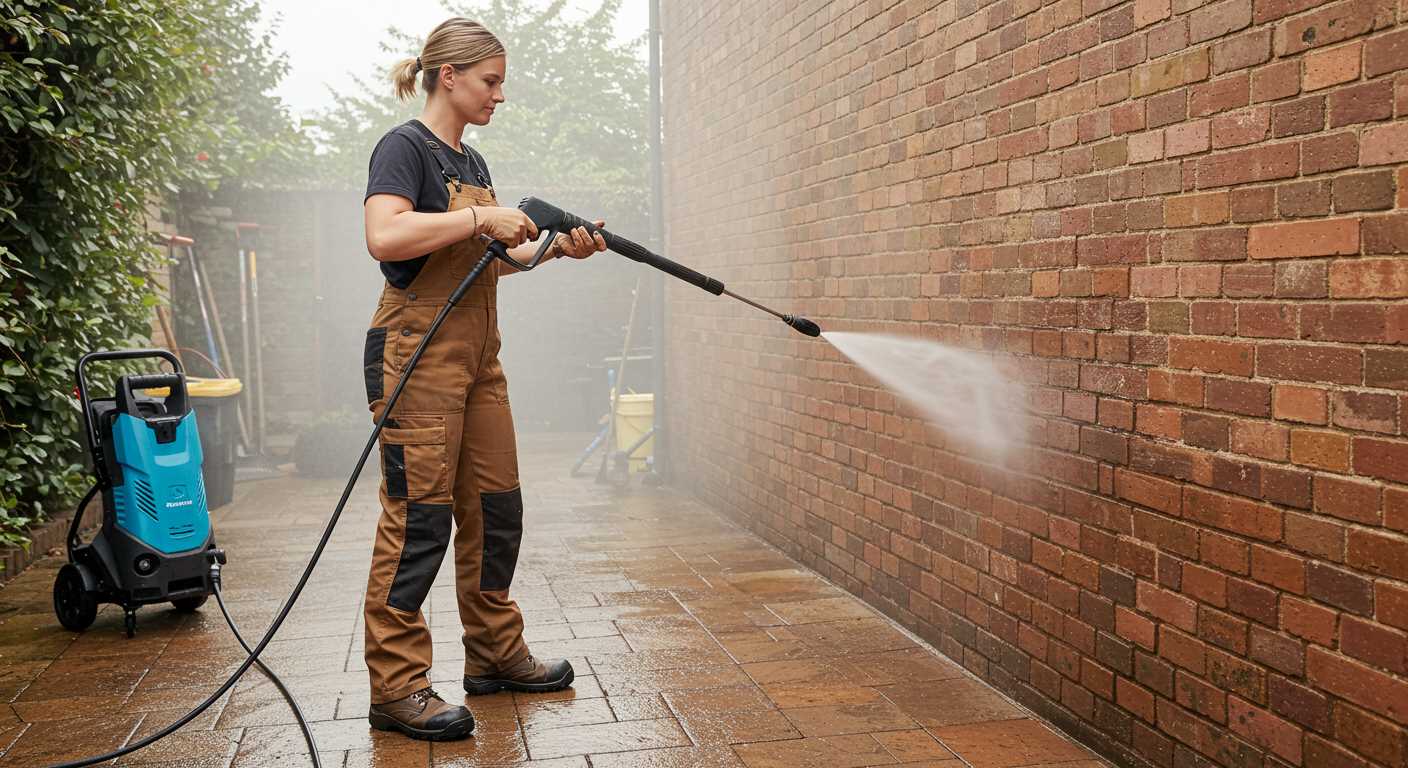
Regular care directly enhances both lifespan and efficiency of your tubing. Prioritising routine checks, cleaning, and proper storage ensures optimal functioning.
- Inspection: Examine for cracks, kinks, or wear before each usage. Identifying damage early prevents further issues and maintains high output.
- Cleaning: Rinse thoroughly after each job to remove dirt, grease, and chemical residues. Debris can clog and damage connections over time.
- Storage: Store in a cool, dry location away from direct sunlight. Proper coiling without tight bends helps avoid stress points that lead to leaks.
Using a hose reel or holder can simplify storage and prevent tangling, making it easier to manage. Ensure fittings are secure, as loose connections can lead to reduced performance and leaks.
- Winter Care: In colder climates, drain completely after use and store indoors to prevent freezing, which can cause irreversible damage.
- Temperature Awareness: Be mindful of temperature limits for material types. Extreme heat or cold can weaken them, reducing effectiveness.
- Connection Maintenance: Regularly check and clean the connectors; this will ensure a tight seal and prevent any loss of pressure during operation.
Implementing these maintenance practices will not only extend the life of your tubing but also enhance the performance of your overall cleaning system.
Connecting Hoses to Pressure Washers Properly
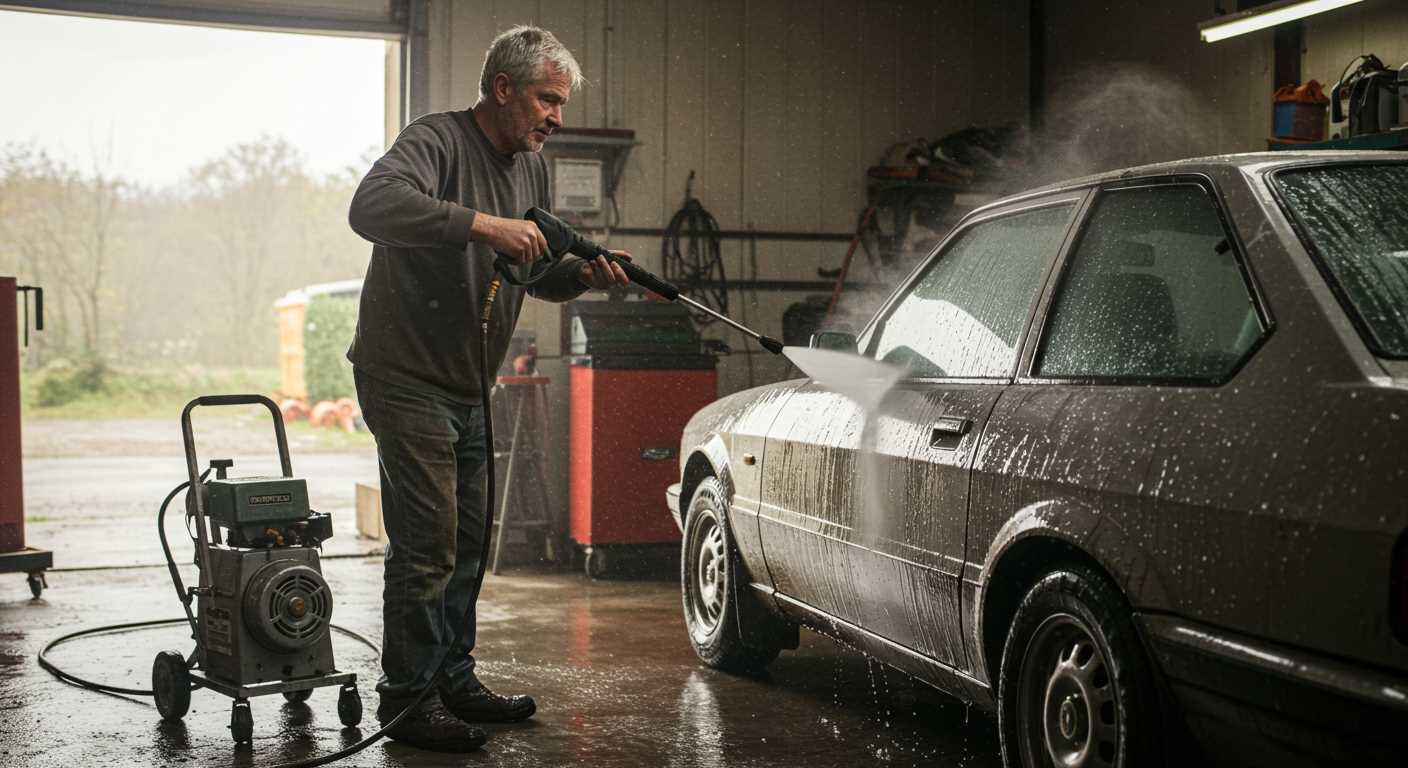
Ensure a secure and tight fit when attaching tubing to a power cleaner. Any gaps can lead to leaks and reduced cleaning efficiency. Always inspect the connectors on both the tubing and the machine for any signs of wear or damage before proceeding.
Recommended Connection Techniques
- Align the connector with the inlet pipe and push firmly until it clicks or locks into place.
- For threaded connectors, hand-tighten the fittings; avoid using tools that may cause over-tightening.
- Check for leakage by running the machine for a short period after connection. If a leak occurs, disconnect and inspect the fitting again.
Regular Maintenance Checks
Conduct routine inspections of connectors and nozzles to prevent build-up of grime and debris, which can hinder the connection. Keep all components clean and store them in a dry place to avoid corrosion.

